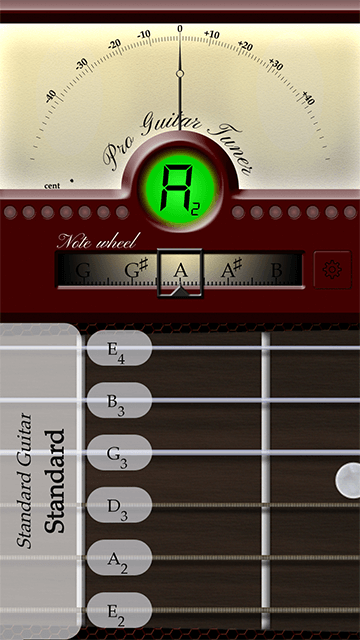


And the way you produce those notes is by pressing down on the string. On a guitar, however, you’re asking six strings to produce dozens of notes each. Every time you hit that key you get the note you want. You tune that note to where you want it, and you’re good to go. Each note on a piano has its own string (or strings). One reason relates to the physical layout of a guitar compared to a piano or even a violin. In fact, the more you start to explore guitar tuning the more you start to realize one important truth: There is no one way to tune a guitar. It’s no wonder that professional bands have guitar techs working offstage.

What style of music you’re playing matters. Tuning a guitar should be easy – after all, we have digital tuners! – but it’s not. Relish those moments, because the minute you actually have to pay attention to tuning, like when you are about to record or you’re playing with others who care about intonation, you can easily fall down a rabbit hole that can be impossible to emerge from. If you’re a beginning player and you tune your guitar using an electronic or digital tuner until you get it “close enough” and then go on about your day, bashing out chords and having fun, you’re lucky. When it comes to tuning, ignorance is bliss. In fact, the more you explore guitar tuning, the more you realize there is no one way to tune a guitar. Tuning a guitar should be easy, but it’s not.


 0 kommentar(er)
0 kommentar(er)
